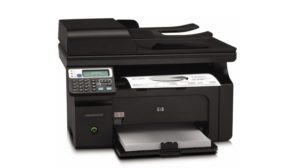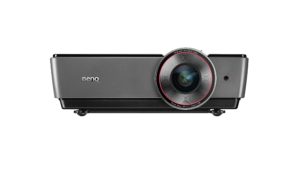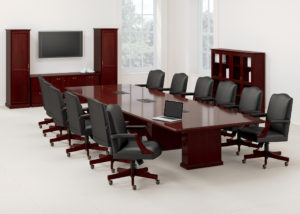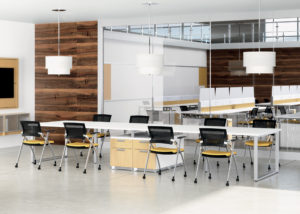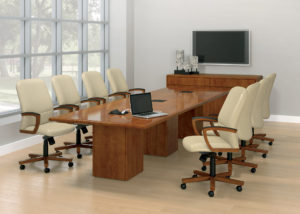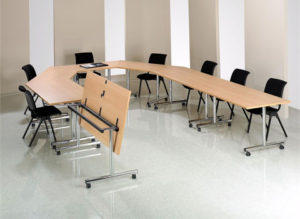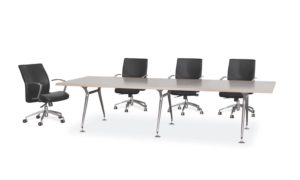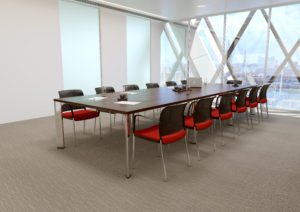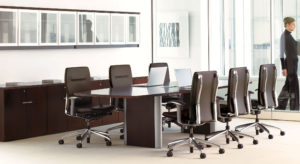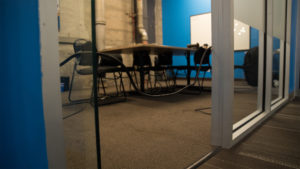A system administrator is one of the most crucial roles in any organization. Responsible for making sure IT departments run smoothly, system administrators are highly skilled and familiar working within a variety of applications and file servers as well as multiple operating systems and, more often than not, must have skills in scripting and programming. If you’re looking to expand your horizons and make your way up the career ladder to the coveted role of IT director, there are a number of steps you have to take.
Here, we will explore those steps to help get you on your way.
Step One: Qualifications
Depending on the size of the organization, many companies will look for some kind of IT qualification, normally a Bachelor Degree level. It is worth noting that this may not be essential as many companies may accept graduate degrees or give in-house training.
Step Two: Work IT Related Roles
If you’re aiming to secure yourself an IT Director position, you will need to have at least several years experience in an IT related role. Being a system administrator, you will already be gaining experience that will be vital to achieving your goal. You will want to aim for a minimum of five years experience but you will have the freedom to change role to something similar, such as computer programmer, database administrator, or software developer—all of which will help provide you with valuable experience.
Step Three: Gain Further Certifications
To boost your chances at securing a director vacancy, you may want to obtain further qualifications or certificates to prove your skills. This may include certifications using certain operating systems or software platforms that will demonstrate how comfortable you are at using certain systems. You can gain these certificates to any level from a basic level to a mastery level.
Step Four: Seek IT Director Positions
IT Director roles require a lot of skills including strong organizational and communication skills. If successful in securing a role, you will be in charge of handling vast amounts of information as well as setting targets for your teams that are in the companies best interest. Research suitable job roles and what each one requires, matching your personal skills to ensure you fit the requirements. If they are requesting skills you may not have, research ways in which you can obtain education and proof for these skills.
Step Five: Always Be Willing To Learn
As technology progresses on a constant basis, you will need to show the willingness to constantly learn about new technologies and show that you can be flexible to change. You will need to be willing to show enthusiasm to update software platforms so networks can run at optimum efficiency, maximizing opportunities for the organization.
The path from System Administrator to IT Director can take several years but the benefits are worthwhile. With wages for high end organization IT directors averaging $100,000, the career of an IT director can be highly rewarding as well as mentally stimulating and full of job satisfaction.


